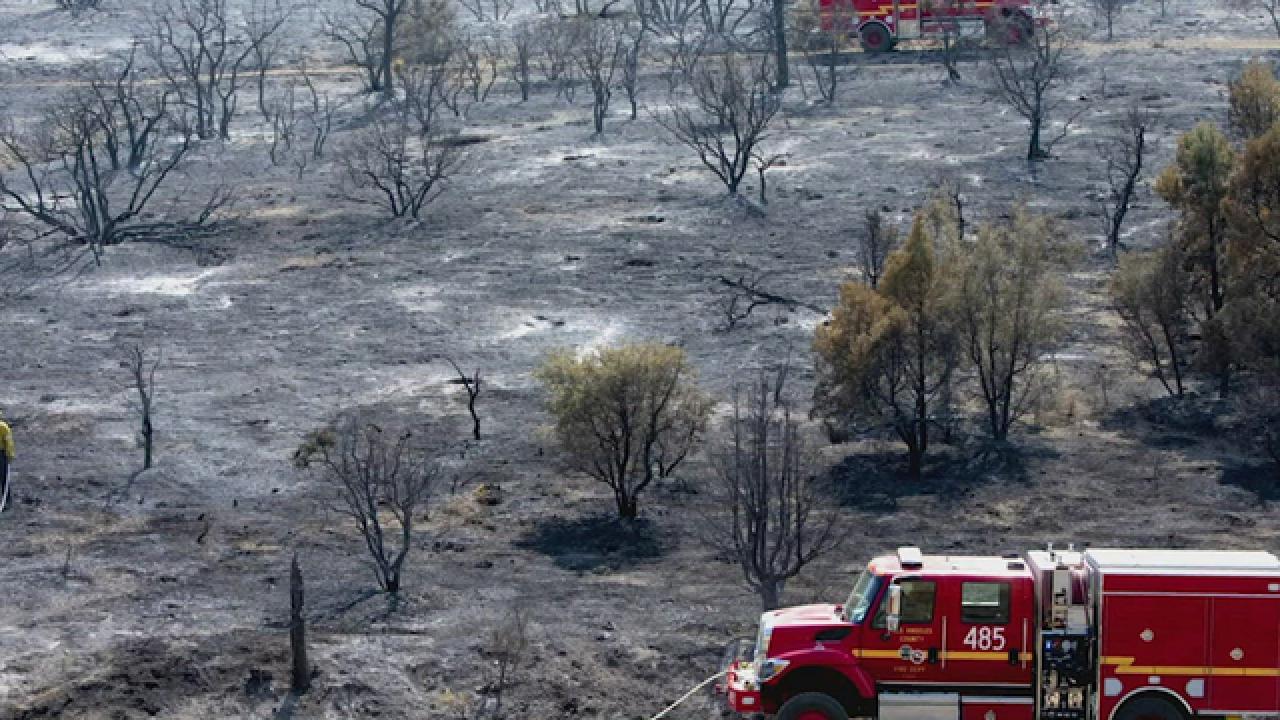
Ian Shive
California Wildfires: The Aftermath

After the devastating Lake Fire in California, nature photographer and conservationist Ian Shive ventured out to document the devastation firsthand.
Warning: Entering wildfire areas is dangerous. Use caution and check with local authorities for rules and regulations. Never interfere with an active fire effort.
Throughout my career, I’ve had the opportunity to enter many different wildfire areas at various times of destruction. I’ve flown over hundred foot walls of flame with smokejumpers in Montana and documented fireweed and lupine blooms long after a scorcher wiped out a forest in Alaska, but I’ve rarely had the opportunity to see the immediate aftermath of a fire. My first reaction to a recent one in California was the eerie quiet of the forest. There were no birds, no breeze caught in the leaves of a tree, or scream of a hunting raptor overhead. What is even worse is the burned out forest meant that the tremendous amount of trash alongside the road is no longer obscured by the undergrowth. Oil cans, mattress springs--you name it, you’ll find it.

Photographing burned out areas before the regrowth really takes over is interesting and challenging, since there is really only a bunch of burned out wood and debris to photograph. My instinct is to look for the beauty in the image I want to create, but what to do here? As I walk through the forest and see only the skeletons of trees silhouetted against a white, smoky sky, inevitably the artistic aspect of it catches my eye. Am I making an image beautiful even if it’s of destruction? What is the right approach? How do you take a beautiful photo of a horrible scene?
It’s a challenge that has no clear answer, but after years of photography, I believe the key is to let the artistic instinct drive you and to not make those decisions in the field. For me, the key is ultimately it’s the curation and the editing of your own work that will be most important in defining the story. Back at the home studio, I have an opportunity to separate myself from my emotions of the moment and determine which images truly represent the scene, and not just my artistic impression of it, though that is sometimes an impossible task.
California Wildfires: Calm After the Burn 18 Photos
Nature will regenerate and fire is an important part of that process, but we must consider what role we play in that process, too.Entering wildfire areas is dangerous. Use caution and check with local authorities for rules and regulations. Never interfere with an active fire effort.
As a nature photographer passionate about conservation, it’s important to document the ugly as well as the beautiful. We need the juxtaposition of those two things, so we understand what we have to lose and have hope, but also to know how devastating that loss can be. Without that balance, we risk becoming accustomed to a world shaped by destruction and not one of harmony.
Nature will regenerate and fire is an important part of that process, but now more than ever before, we must consider what role we play in that process, too.




















